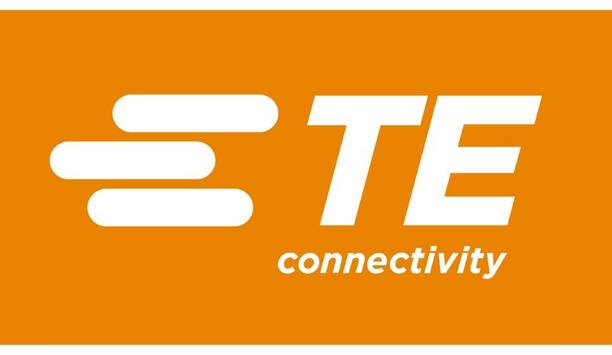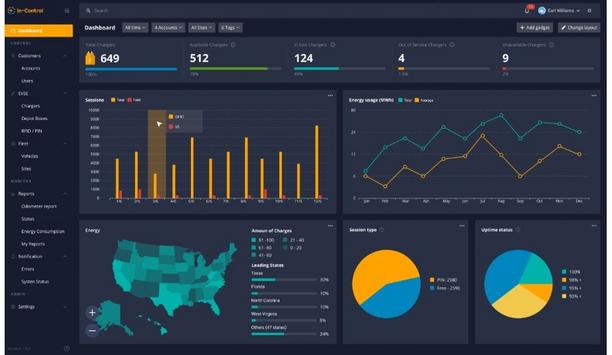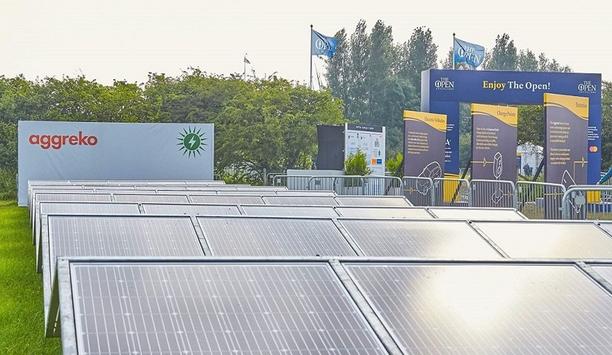The energy industry is in a period of drastic change. To become climate neutral by 2050, the energy sector must undergo a massive shift by switching to more sustainable renewable energy sources and furthering electrification.
On top of the need to decarbonize, the industry is also becoming increasingly decentralized as a greater number of diverse energy sources interact, bi-directional power flows become standard and renewable energy is generated closer to where it is used.
energy-consuming sectors
The process of interconnecting energy-consuming sectors with the power-producing sector
This transformation has given rise to new business models and shifted roles within the industry, as new and unconventional players enter the market. Increased integration through sector coupling – the process of interconnecting energy-consuming sectors with the power-producing sector – for example, allows industry players to share resources and overcome challenges through collaboration. However, such integration requires aid from technology.
Increased volatility caused be the COVID-19 pandemic and larger adoption of renewables means that stakeholders must add intelligence to the electricity supply chain. The energy sector is far behind other industries when it comes to digital innovation and a rapid acceleration is now the only way forward, as found in our latest report on digitalization in the energy industry.
Digital tools to the rescue
Rather than acting as another force placing pressure on the industry, digitalization in energy should be seen as a solution to create added value and increase the efficiency and demand response of energy systems. A wide variety of technologies will contribute to increasing digitalization in energy.
Digital control through energy monitoring optimizes grids to maximize the supply of renewable energy, lower demand when power is most expensive and carbon-intensive, and thereby enhance cost-effectiveness and resilience. For example, energy and utilities businesses with an advanced level of digitalization have, on average, seen a 10% improvement in net benefit (revenue minus costs).
Load management systems
gridX’s XENON platform has enabled numerous companies to vastly lower costs and emissions
gridX’s XENON platform, which connects and controls energy flows and enables real-time analysis of millions of data points, has enabled numerous companies to vastly lower costs and emissions.
By implementing AI-based dynamic load management systems, E.ON for example, would be able to expand the capacity of electric vehicles from 49 to up to 550 - without any grid extension. "The future of the energy market is not electricity, but data," Andreas Booke, Managing Director, gridX.
Whole systems transformation
Rather than implementing an isolated digital solution and expecting ongoing benefits, companies must transform the entire system to build digital expertise and stay up to date with constantly emerging technological advancements.
Stakeholders must understand the importance of investing in digitalization and embed it as a strategic priority. Challenges surrounding security, privacy, security and regulation must, of course, also become important considerations in this long-term approach.







